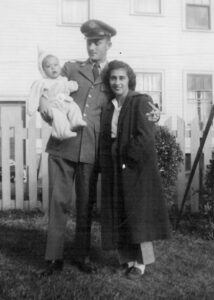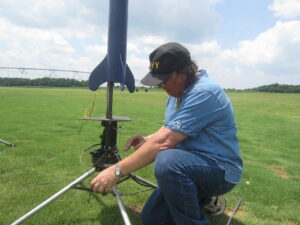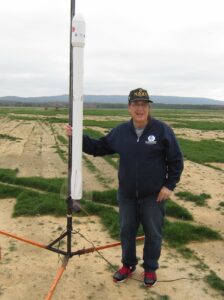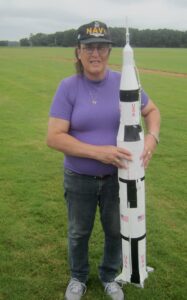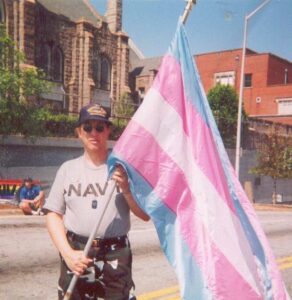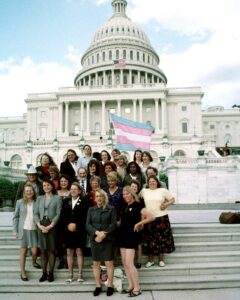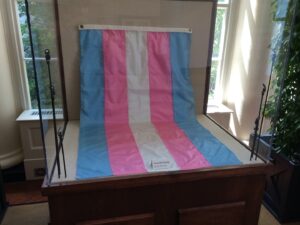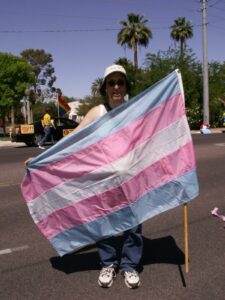Monica Helms was born on March 8, 1951, in Sumter, South Carolina. She was born into a family with a strong military background, spending most of her childhood in Phoenix, Arizona, living in Germany and Kansas, before returning to Phoenix for high school.
In 1970, aged nineteen, she entered the Navy, attending Naval Nuclear Power School. She served in the U.S. Navy from 1970 to 1978, working and living on two missile-carrying submarines. After leaving the Navy, Monica pursued education and activism. She then married in 1980 and had two sons. In 1990, she started a career at telecommunications company Sprint.
In 1997, Monica underwent the process of transitioning and reapplied to the Phoenix chapter of the US American Submarine Veterans Group with the name “Monica” and received significant resistance, being referred instead to a generic Veterans Group for women. However, Monica campaigned against the decision and after a few months, was successful in joining the Submarine Veterans Group. Monica is the first woman to ever join the organization.
Despite this success, Monica’s transition caused significant personal upheaval, resulting in a divorce from her wife and children. Although, her children would grow up accepting her for who she was.
Monica then co-founded It’s Time Arizona, an Arizona-based organization advocating for equal treatment for trans people in the military. In 1999, Monica was part of a delegation traveling to Washington DC and lobbying Congress. In the same year, she created the iconic transgender flag, which became a symbol of transgender pride. In 2000, she moved to Georgia and worked in a local organization called TransAction, which worked to get homeless shelters to accept trans people. She later became the group’s Executive Director.
In 2003, Monica co-founded the Transgender American Veterans Association (TAVA), which played a pivotal role in advocating for transgender rights and inclusion in the military.
In 2004, Monica was a delegate to the Democratic National Convention. On May 1, she led the first Transgender Veterans March to the Wall, a significant event that honored fallen veterans while asserting the presence and visibility of transgender people. TAVA remains an important organization advocating for trans service members and veterans.
In 2014, the Smithsonian Institute accepted Monica’s original transgender pride flag, so that it may be preserved for future generations. One year later, Monica retired from her call center job at Sprint, ending a 25-year career. She then entered college with the aim of gaining her degree in television production.
In 2019, Monica’s activism, advocacy, and historical contributions were recognized when she became one of Queerty’s Pride50 as one of the “trailblazing individuals” who has significantly contributed towards “equality, acceptance and dignity for all queerpeople.”
In 2023, at the age of 71, Monica welcomed a 14-year-old trans daughter into her life. Her autobiography, “More than Just a Flag,” is a testament to her transformative journey and enduring impact on the LGBTQ community.


